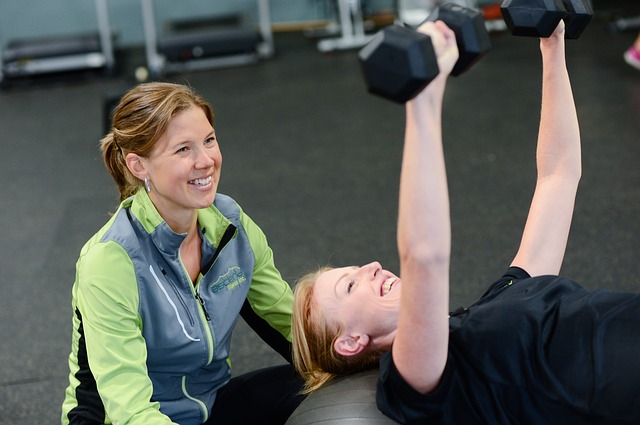When thinking about the core, most people immediately jump to the “six pack” or the rectus abdominis. In reality, the core is a combination of all of the muscles wrapping around the abdomen island spine. This includes muscles like the rectus abdominis, obliques, transverse abdominis, quadratus lumborum (QL), multifidi, pelvic floor and diaphragm. The core is like a cyndaler wrapping around the torso; the top is the diaphragm and the bottom is the pelvic floor.
IMPORTANCE OF THE CORE
The core is a complex system of muscles that serve as an anchor point and stabilization for the extremities and spine. Improper function of the core can lead to injury, and imbalances in the body; it also ensures that you are targeting the correct muscles in exercise. Picture this, you are performing a front raise with 5lb weights in each hand. When performed properly, the muscle targeted is the anterior deltoid. However, if the core is not engaged, the back muscles (specifically the trapezius muscles) will compensate. Core activation is essential for preventing injuries and targeting the correct muscles.
CORE ACTIVATION
There are two types of core activation: bracing and hollowing. Abdominal hollowing involves drawing the navel towards the spine and sucking in. The deepest abdominals called the transverse abdominals are activated with hollowing. When it comes to spine stabilization, abdominal hollowing has found to be the most effective (Koh, 2014). This makes sense: the transverse are the deepest abdominals, which means they are the closest abdominals to the spine and engaging them properly should prevent the spine from destabilizing during an exercise.
Abdominal bracing is the most commonly taught type of core activation. This is likely because it is the easiest to teach. Abdominal bracing is the engagement of the rectus abdominis, the six pack. Think about if someone were to punch you in the stomach. That reaction is bracing of the abdominal muscles. Bracing can be found in exercises like the plank and pressing the belly out as you move the arms or legs. Abdominal bracing has been found to engage the external obliques (the ones on the side of the waist) better than abdominal hollowing (Koh, 2014). So when targeting the core muscles that are closer to the surface, bracing is the most effective.
Combining both hollowing and bracing abdominal exercises will ensure that all of the core muscles are engaged equally.
STRONG CORE
Low back pain is one of the most common complaints we see at Melita Fitness and Rehab. A weak core will typically be a contributing factor to low back pain. The role of the core muscles is to stabilize the spine and pelvis. When the core is weak, other muscles take over. (See our low back blog post for more information on how keeping a strong core can prevent back injuries).
Activities of daily living – ADL’s – are tasks you perform day to day and are necessary to maintain a desired quality of life. ADL’s include activities like doing the dishes, cleaning, dressing, personal hygiene, cooking ect. Many of these tasks require bending, twisting, leaning and hinging; all actions that the core is responsible for. When the core is weak and not functioning, these ADL’s become more difficult and taxing on the body. A strong core will keep the spine and hips in alignment and allow for a person to pick up and move items without causing injury (Huxel, 2013). Consider reaching into a cabinet to grab a box of cereal. Initially, it may not be clear that the core is working, but stability and balance are another job for the core muscles. As your arm extends to reach for the cereal, your core must engage to keep you from tipping over.
The core and abdominal muscles are often oversimplified as the “six pack” when in reality it is a complex system that works in harmony to maintain stability throughout the body. Without a core, there would be no sitting up, bending over, lifting a leg, or even rolling over. Strong abdominal muscles can help prevent back pain and extend the quality of life in older people. The core is essential and should not be overlooked.
References
Huxel Bliven, K. C., & Anderson, B. E. (2013). Core stability training for injury prevention. Sports health, 5(6), 514–522. https://doi.org/10.1177/1941738113481200
Koh, H. W., Cho, S. H., & Kim, C. Y. (2014). Comparison of the Effects of Hollowing and Bracing Exercises on Cross-sectional Areas of Abdominal Muscles in Middle-aged Women. Journal of physical therapy science, 26(2), 295–299. https://doi.org/10.1589/jpts.26.295
Medicine, N. (n.d.). Abdominal hollowing vs. bracing. Retrieved April 02, 2021, from https://blog.nasm.org/certified-personal-trainer/the-nasm-cpt-podcast-ep-7#:~:text=So%2C%20abdominal%20hollowing%2C%20or%20drawing,button%20in%20towards%20the%20spine
Written by Hannah Cochran




